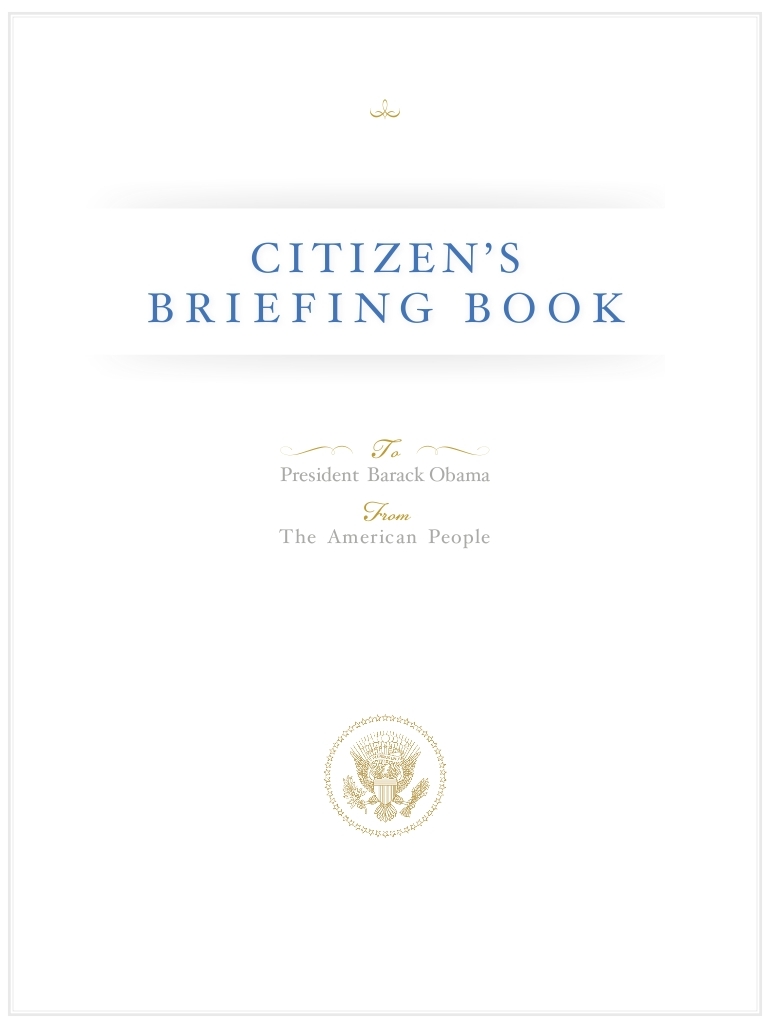Reference

OpenAI's Answer
The Citizen's Briefing Book was an initiative launched by the Obama administration aimed at ensuring open and transparent governance. Here’s how it achieved these objectives:
-
Crowdsourcing Ideas: The Citizen's Briefing Book compiled recommendations and ideas submitted by ordinary people rather than relying solely on top government officials. This democratized the process of policymaking and ensured a wide range of perspectives were considered. Source.
-
Public Participation: More than 125,000 people shared around 44,000 ideas via the platform. This large-scale public participation reflected a genuine effort to engage citizens in the governmental process and harness collective intelligence. Source.
-
Transparency: The entire process was conducted openly online, allowing citizens to view, vote on, and comment on the submissions. Such transparency promoted accountability and gave citizens insight into which ideas had the most support and how they were considered by the administration.
Visual Representation
Here is an image of the Citizen's Briefing Book to give you a visual idea:

Overall, the Citizen's Briefing Book was a significant step towards making the governance process more inclusive and transparent by actively involving the public in meaningful dialogue and decision-making.
For in-depth details, you can refer to the official PDF document.